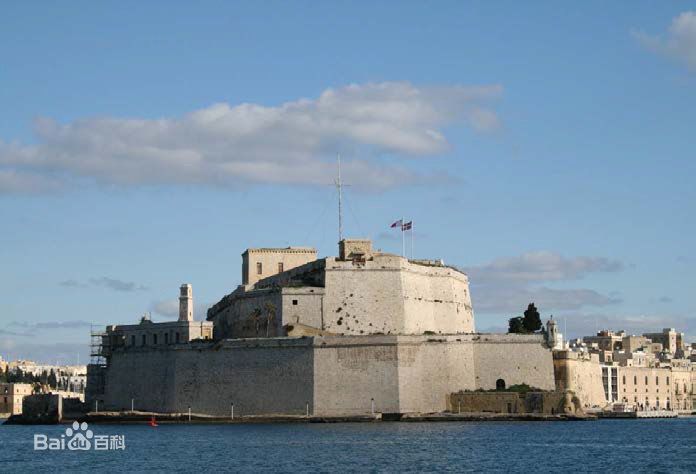 Economy Overview
Economy OverviewThe strengths of the Economy of Malta are its limestone, a favourable geographic location, and a productive labour force. Malta produces only about 20% of its food needs, has limited freshwater supplies, and has no domestic energy sources. The economy is dependent on foreign trade, manufacturing (especially electronics), tourism and financial services. In 2003, over 1.2 million tourists visited the island. Per capita GDP of $23,200 places Malta just above the middle of the list of European Union (EU) countries in terms of affluence. The island has joined the EU in 2004 despite having been divided politically over the question earlier. A sizeable budget deficit was a key concern, but recent initiatives by government have changed the situation dramatically enough for the country to be admitted into the euro zone as of 1 January 2008.
In 2000 the economy grew by 7% in nominal terms and 4.3% in real terms. Unemployment was down to 4.4%, its lowest level in 3 years. Many formerly state-owned companies are being privatized - and the market liberalized. Fiscal policy has been for some years directed toward bringing down the budget deficit after public debt grew from 24% of GDP in 1990 to 56% in 1999. By 2007, the deficit-to-GDP ratio is comfortably below 3%, as required for euro zone membership.
 Economy Overview
Economy Overview

